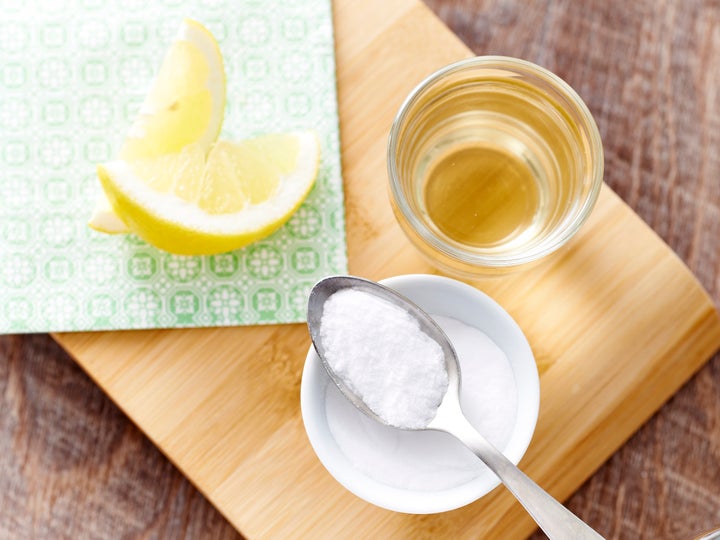When you dive into a dessert recipe that calls for baking soda or baking powder, it can be difficult to remember the difference between the two — and for good reason: They share similar names, appearances and packaging.
There are still distinctions in terms of how the two ingredients are used in recipes, however, so we went to the experts to break them down in a way that you’ll never forget. (Like, ever.)

How To Remember The Difference
If the difference between baking soda and baking powder is too confusing, British Columbia-based professional chef and baker Paula Hingley has a brilliant mind hack you can use: Essentially, baking soda needs an acidic component to activate it, whereas baking powder already has the acid built in.
“Because of this, baking powder is ready to go and has the power to lift your cakes, cookies or muffins, without the addition of anything acidic, like lemon juice,” Hingley said.
So the next time you’re unsure, just remember: Baking powder has the power. Genius, no?
The Science Behind It
Both baking soda and baking powder are what the pros call “chemical leavening agents.”
“They work by releasing carbon dioxide within a dough or batter, which creates air pockets in the final product,” Hingley said. This chemical reaction is what helps baked goods expand or rise in the oven. But these agents work a bit differently to make that happen.
Baking soda is an alkaline compound called sodium bicarbonate, the active ingredient that gets a rise out of your baked goods. But it doesn’t do so on its own: Baking soda needs to be paired with an acidic ingredient (think: lemon juice, yogurt or buttermilk) to trigger the chemical reaction necessary, resulting in those ever-important bubbles, according to certified culinary scientist Jessica Gavin, author of “Easy Culinary Science for Better Cooking.”
Heat isn’t needed for the bubbles to form, Gavin said, so mixing and transferring your baked good to the oven posthaste will maximize gas retention and give the finished product the lift, lightness and texture that makes it delicious.
Baking powder is essentially baking soda already formulated with an acid (cream of tartar) and an inert stabilizer (cornstarch), Gavin said. While baking soda is the active ingredient in both cases, baking powder only needs moisture to trigger a reaction — no additional acid required.
There are two types of baking powder: single-acting and double-acting. “Single-acting only needs moisture for reacting and no heat, so recipes must be baked right away,” Gavin said. “Double-acting forms some bubbles when mixed, and a secondary release occurs when the heat is added.”
This provides a little extra buffer between prepping and baking, which comes in handy if your batter or dough isn’t going to be baked right away (say, when you freeze cookie dough to bake later, Hingley said).
When A Recipe Calls For Both
So what’s the deal with recipes that require baking soda and baking powder to be used together?
“Because baking soda works with acid, its leavening capability is limited by the amount of acidity in the recipe,” Hingley said. When the carbon dioxide created by the baking soda and acid isn’t enough to make the batter rise, add baking powder to give the dish an extra boost.
Next time you’re baking, just remember: Baking powder has the power to lift without being mixed with acid. Here’s to fluffier cakes!